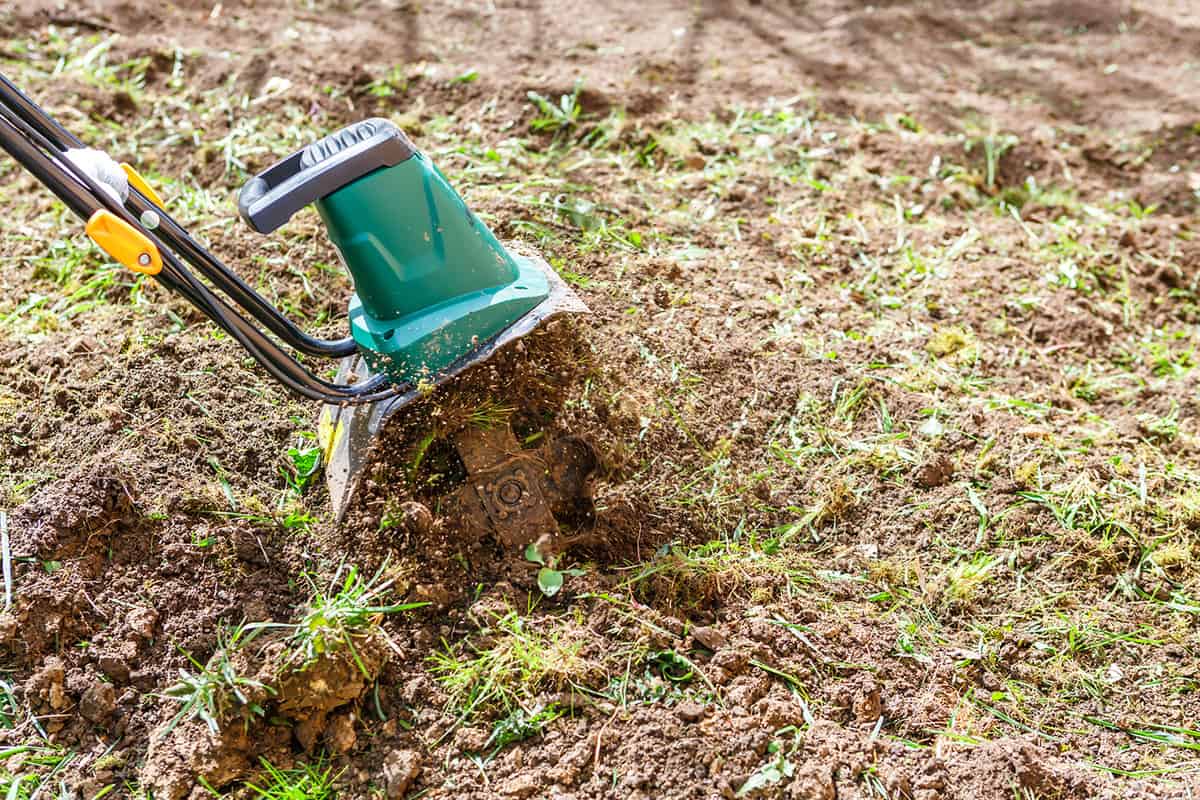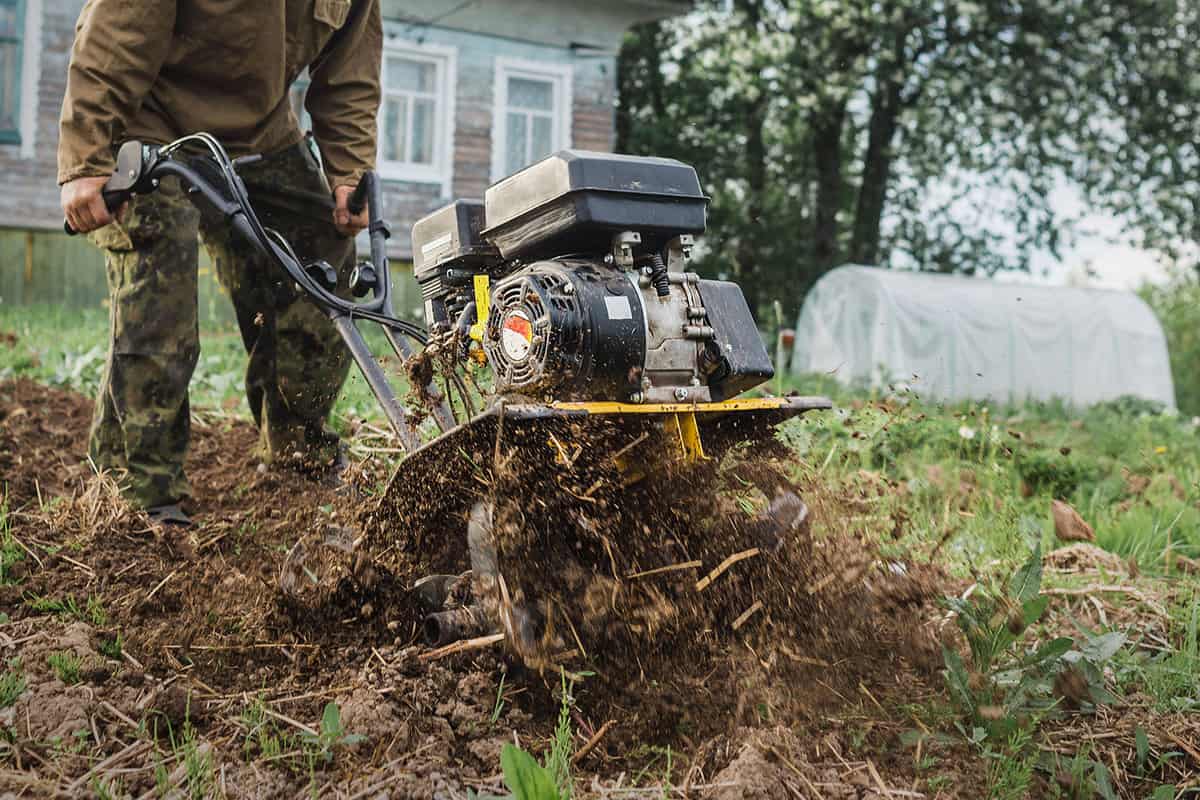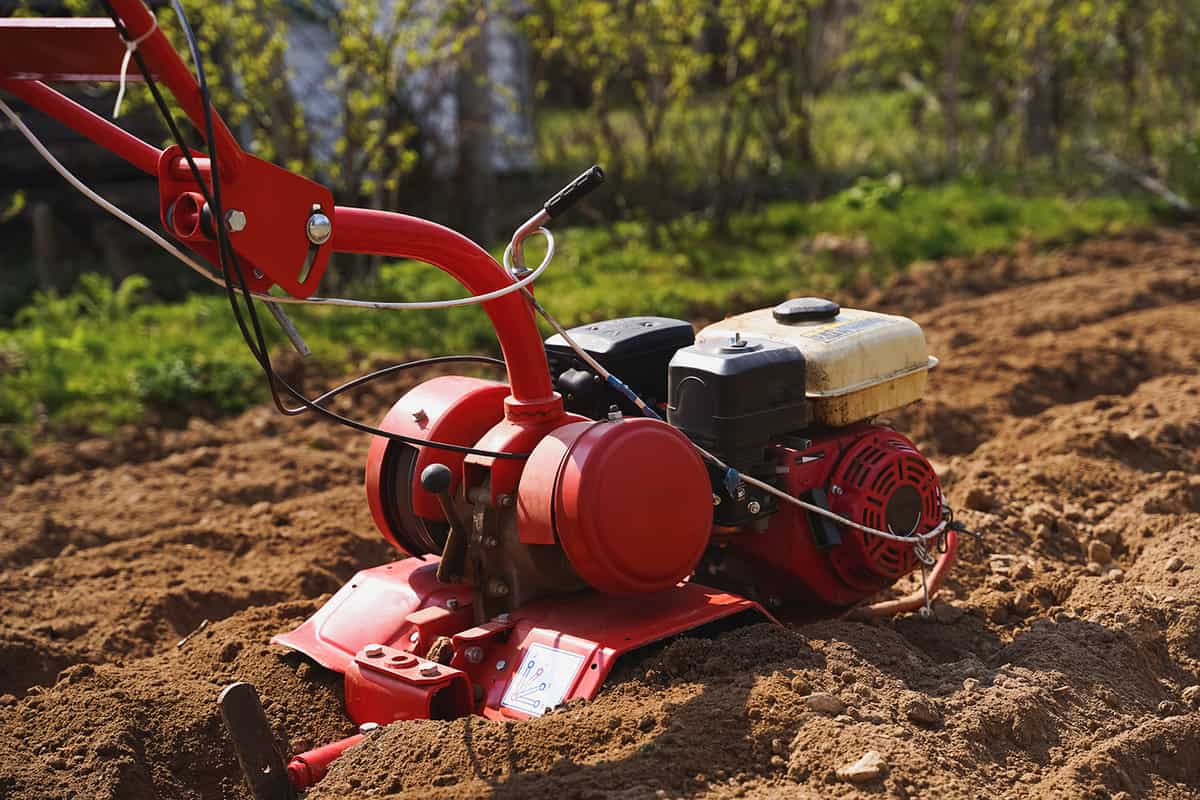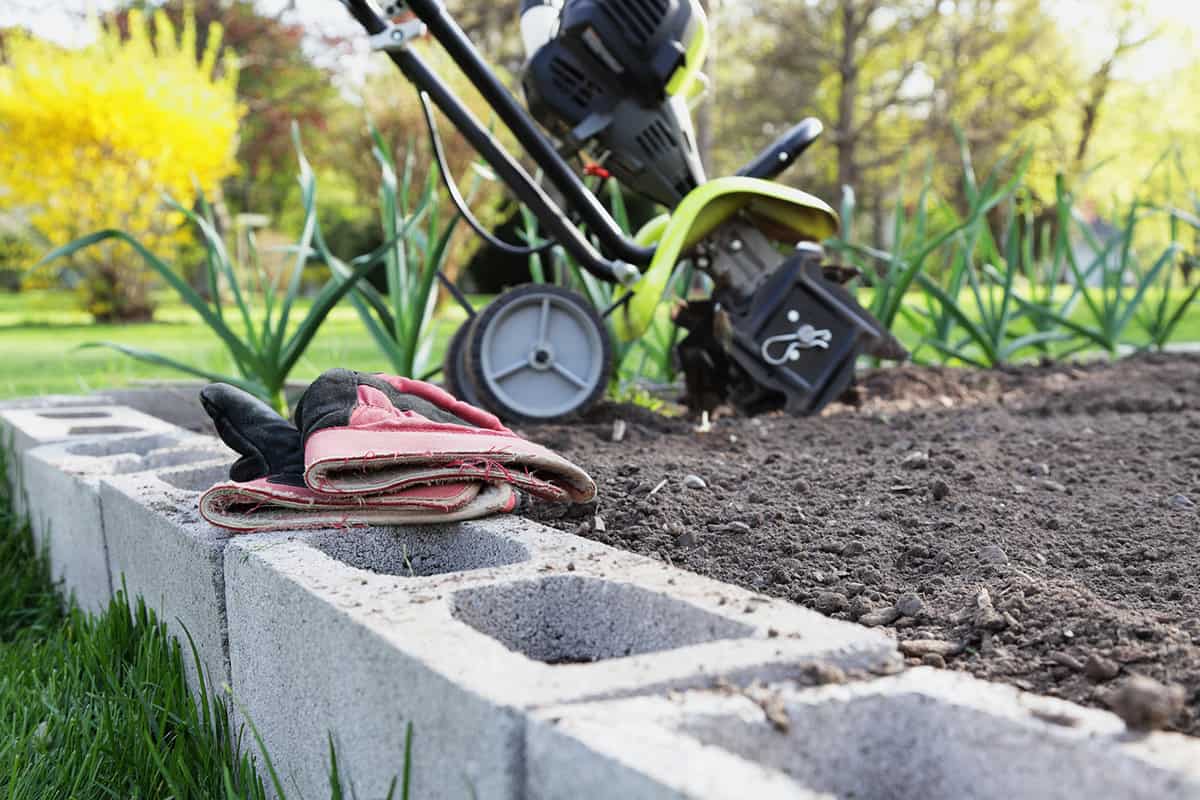Gardens tend to be a lot of work. To start this project, you must prepare your soil to ensure it is suitable for your plants. There’s no better way to do this than using a garden cultivator to achieve a well-aerated, well-mixed soil rich with nutrients. But with several cultivators available on the market, you may be confused about which one is the best.
Garden cultivators come in many types: battery-operated, electric, or gas. Gas-powered ones are usually the most powerful and suitable for large garden plots that need a lot of care. Electric cultivators are lighter and do not produce harmful emissions. They are quite durable for a small to medium-sized garden.
Battery-operated cultivators are lightweight and perfect for gardeners who may be concerned about the weight of their tools. Keep in mind that there is no one-size-fits-all garden cultivator, so you need to assess which one suits you and your needs.
Now that you have an idea of the best type of cultivators for specific conditions, let's dig deeper into the details of each. This will help you understand cultivators better and guide you in choosing which one to purchase.
![A farmer plows the land with a cultivator, preparing it for planting vegetables, What Is The Best Garden Cultivator [Inc. Battery, Electric, And Gas]?](https://gardentabs.com/wp-content/uploads/2022/09/What-Is-The-Best-Garden-Cultivator.-1.jpg)
What Are Garden Cultivators?
To achieve perfectly aerated soil for better growth of your plants, you must ensure that your plot is weed-free and regularly cultivated. Garden cultivators help you prepare the seedbed with less physical labor. They mix the soil to introduce air into it while removing stubborn weeds that take up nutrients from the plant.
There are many types of cultivators—mainly gas, electric, and battery-powered. Before choosing any tool, you need to understand and analyze its feature to assess which one fits your needs. Here, we will talk in detail about each type of garden cultivator.

Gas Cultivators
Gas cultivators are significantly heavier than electric-powered ones. But with the heavier weight comes a more powerful motor capable of handling larger garden plots. They can efficiently work away from any outlets, which allows them to cover more space.
The Southland SCV43 is easily one of the top picks for gas cultivators. It is great for turning up layers of soil to loosen them up and mix in the fertilizer. Thanks to its direct gear drive, it is relatively easy to maneuver. It may be a little heavy at 41.7 pounds, but it does excellent work on gardens.
Get this Southland SCV43 on Amazon.
Electric Cultivators
These cultivators are lighter than gas-powered ones and slightly less powerful. However, they do not produce harmful emissions, so they're a more environmentally friendly choice. Their reach may also be limited since they have to be connected to a power source. Nevertheless, they are more affordable and can cultivate small- to medium-sized plots.
Sun Joe TJ604E may just be the best bang for the buck. It uses an 13.5-amp motor that allows maximum performance. It is clean and quiet but powerful with limitless runtime. Although corded, its great performance grinding up weeds and mixing soil gives you excellent value for its price.
Check out this Sun Joe TJ604E on Amazon.
Battery-Powered Cultivators
Technology and innovations led to cordless cultivators allowing you to reach distant areas without worrying about outlet restrictions. They are relatively much more quiet and eco-friendly.
They are best for established beds with fine soil that needs mixing every once in a while. The only setback is that these types of cultivators generally run for 30-45 minutes, and then you need to charge them up again.
One of the leading cordless cultivators, Earthwise TC70020IT does not disappoint. It comes with a battery and a fast charger, so the length of the extension cords wouldn’t be a problem.
It is lightweight and conveniently cultivates your soil with 7.5 inches wide and 6 inches deep. Compared to others, it has a better running time of approximately 45 minutes.
Check out this Earthwise TC70020IT on Amazon.
Garden Cultivators vs. Tillers
In a sense, cultivators and tillers prepare the seedbed by plowing and mixing the soil. This is why they are often used interchangeably. However, they are different tools with separate features.
Tillers have strong motors that break up strong and compact soil in preparation for planting. Cultivators, on the other hand, mix up soil that is already loose to stir in compost and other fertilizers.
To put it simply, cultivators aren’t powerful enough to break up firm ground and are suited for turning up layers of soil. In comparison, tillers are heavier machines and have thick L-blades to break firm ground. Made of lighter materials, cultivators have blades that look like star wheels.
Tips Before Buying A Cultivator

Garden cultivators do not only come from different power sources. Each brand or model may also differ in many factors you need to consider before buying the equipment.
Size
The size of the project determines which equipment is best suited for the job. If you have a large plot of land, the limited range brought about by the cord of electric cultivators may compromise your work. If you are planning to use it in your small backyard garden, it may be smart to use lighter equipment such as battery-powered ones.
Weight
Cultivators are powerful tools invented for the convenience of gardeners. However, having heavy equipment that takes a lot of effort and energy to handle defeats its main purpose. You might as well go back to manually plowing your land if that’s the case. Lightweight machines are always a better choice.
Height
Although this factor is often overlooked, ergonomics is one of the important elements at play in any job. You wouldn’t be comfortable using a cultivator that’s too high or low for you. You can opt to choose cultivators that are adjustable, so the equipment adapts for you, not the other way around.
Safety Features
This should be your top priority in everything, especially when doing physical labor. Choosing equipment with emergency shutdown features and safety shields around the blades will be helpful. These things might be very simple but can help you complete the job injury-free.
How To Use A Garden Cultivator

Garden cultivators are heavy machines that require preparation before operating. To ensure safe cultivation and achieve proper mixing and aerating of soil, keep these things in mind.
- Check the quality of your cultivator. Make sure that the equipment is in good condition before use. Inspect for signs of wear and tear in the blades, debris stuck within the tool, or if there is a need to refuel.
- Wear PPE. Wearing appropriate personal protective equipment guarantees added safety while doing the job. This includes protective eyewear, gloves, safety shoes, and clothing that covers your whole body. Remember to keep your feet away from the rotating blades as much as possible.
- Control the equipment. You should let the cultivator do its job. Do not press it too much to the ground or force it in a certain direction. A steady control and grip to guide the machine will be enough.
- Follow a parallel and perpendicular pattern. Similar to how we are taught to paint, pass the cultivator in a parallel and uniform pattern. It may help to lightly overlap each new pass with the old one. Then work crossways by passing perpendicularly across the parallel ones.
- Read the manual. Reading the instructor’s manual of any equipment will help guide you on how to use and maintain the equipment.
Wrapping Things Up

We can all agree that plants can only grow as well as their soil. Thus, it is important to maintain the soil in our gardens. Garden cultivators aid in aerating the soil and mixing nutrients to prepare a proper seedbed for your plants.
But since there is no one-size-fits-all tool, you should pick the one that's right for you, not the one that is the most popular or the cheapest. It has to be the one that fit; s all your needs and can help you with your garden.
There are lots of cultivators available on the market: gas, electric, and battery-powered. You can choose from a wide array, but consider the factors mentioned above before investing in one.
Gardening is such an interesting topic. Check out our other posts to learn more!
Tilling: The Ultimate Guide For Your Home Garden Success



